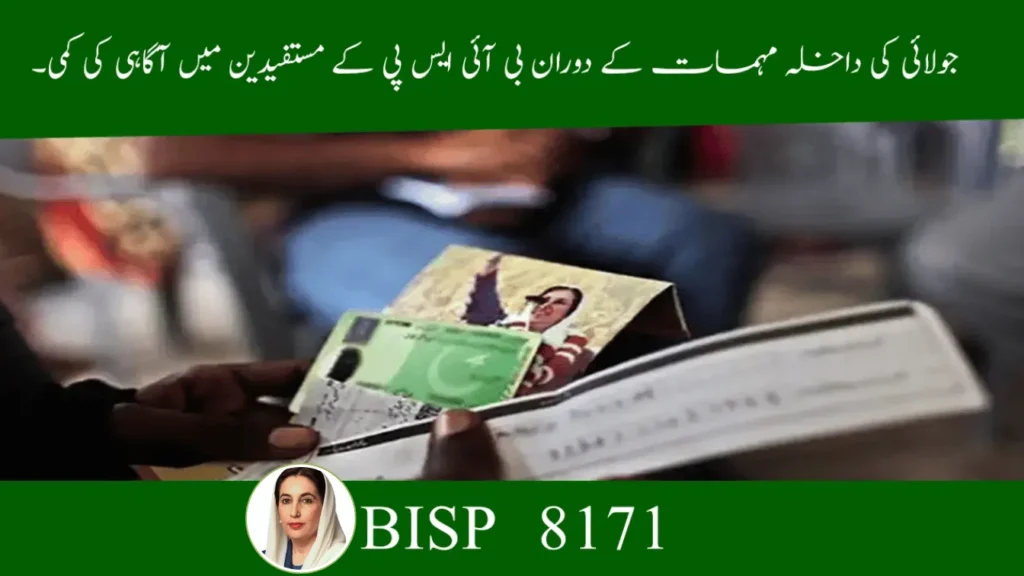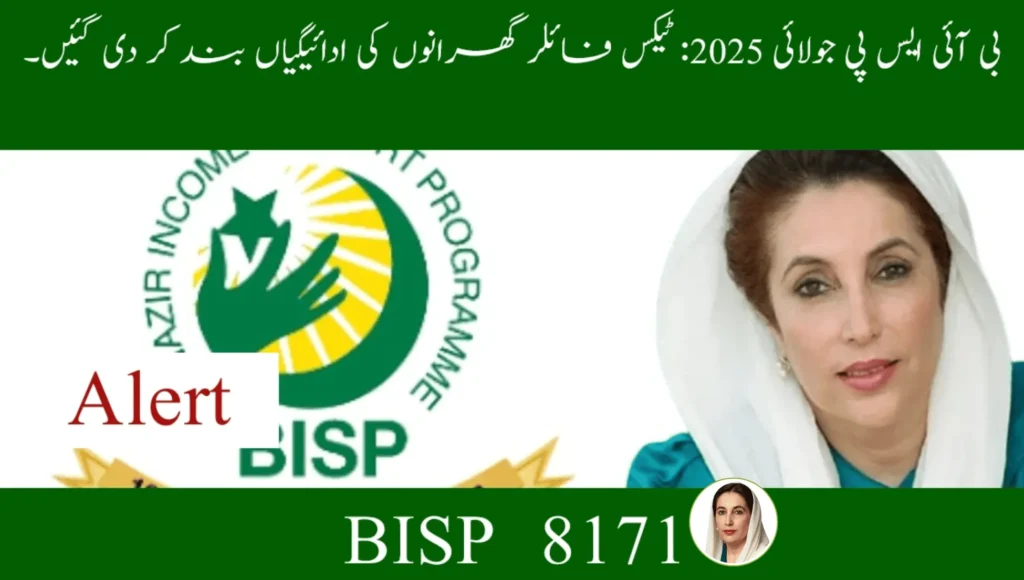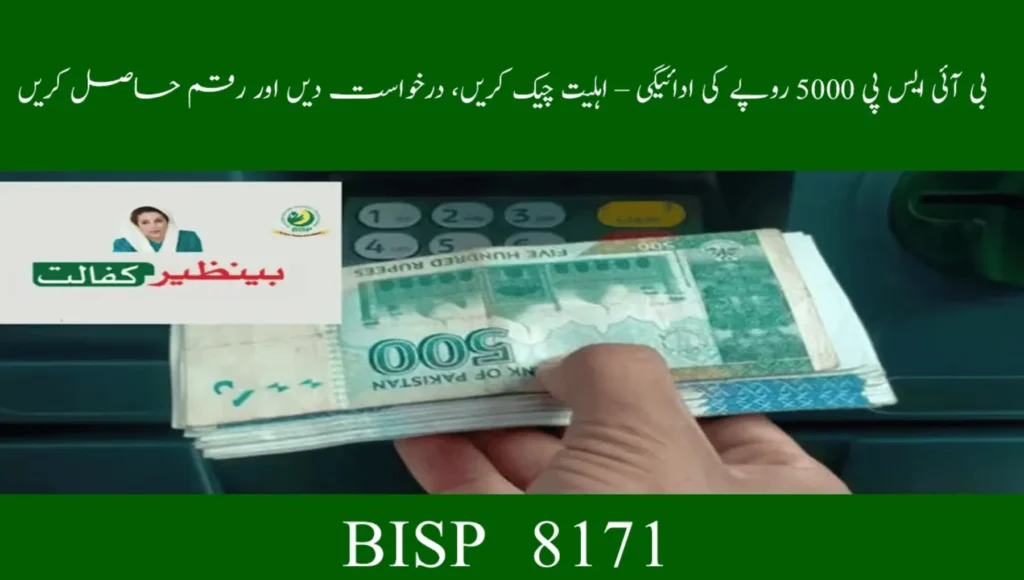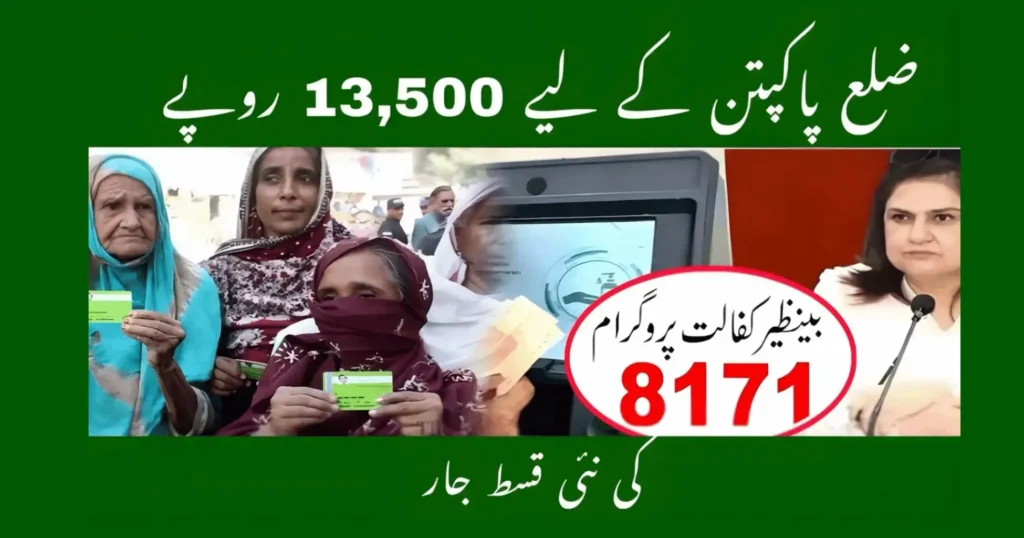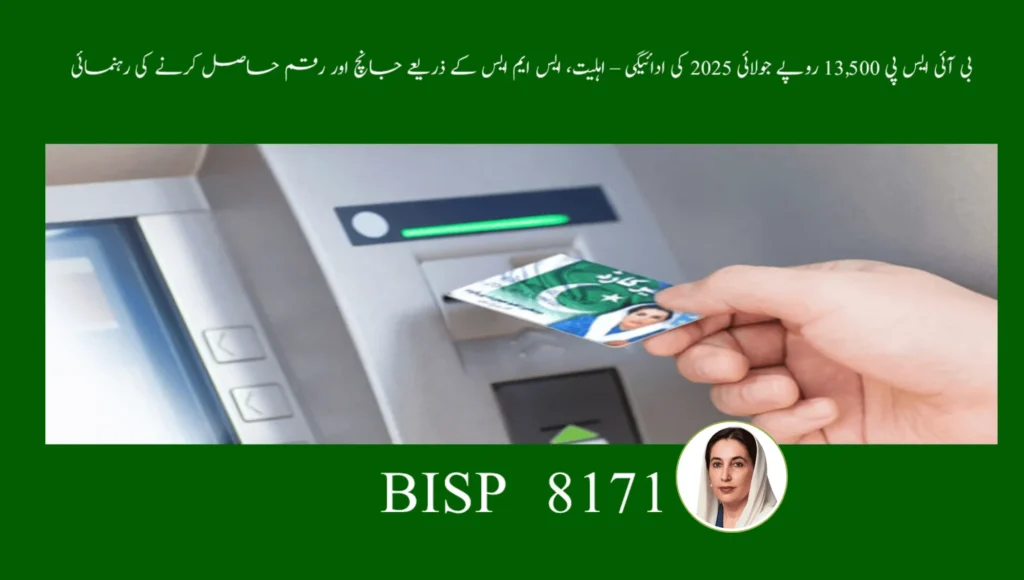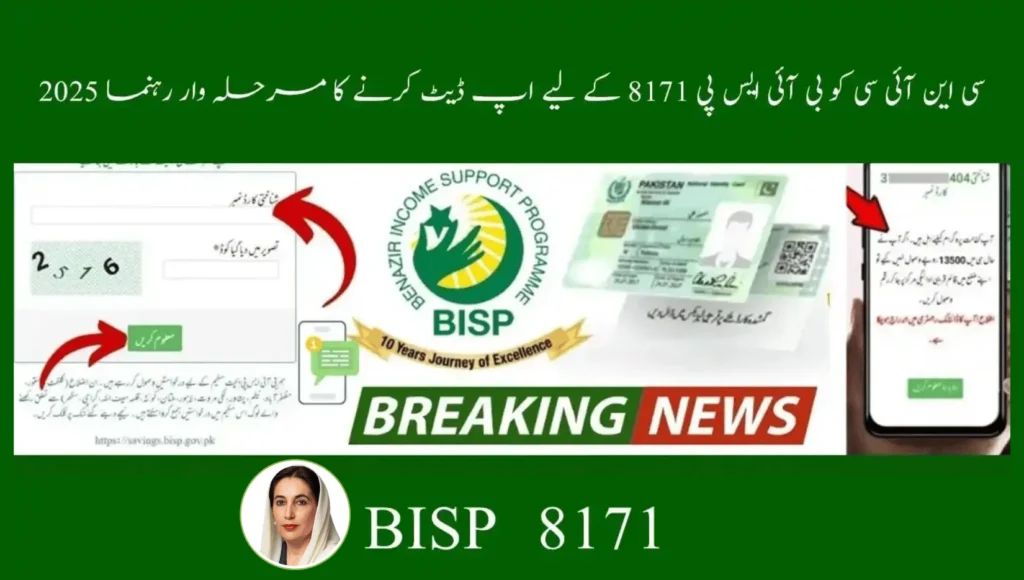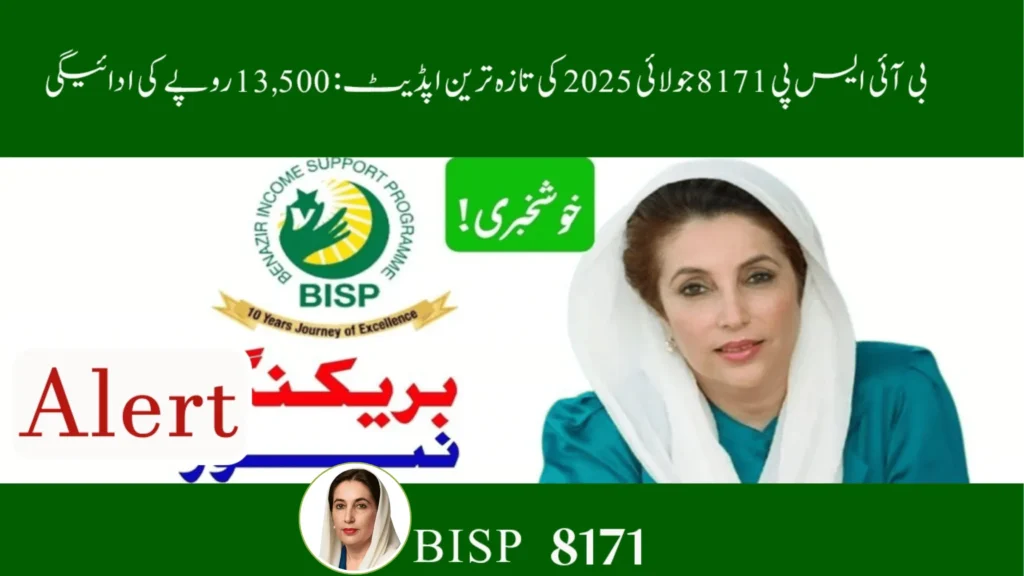BISP July Enrollment: Bridging Awareness Gaps in 2025
July 2025 marks a critical window for low-income families across Pakistan to enroll or update their records in the Benazir Income Support Programme (BISP). Each year, BISP launches its national mid-year enrollment campaign, enabling beneficiaries to register, verify details, and continue receiving support.
But not all families are aware that this opportunity exists.
Despite being eligible, millions are left out simply because they don’t receive accurate information on time. This is known as an “awareness gap” and it remains one of the biggest barriers preventing vulnerable communities from accessing the support they deserve.
BISP Awareness Gaps & July 2025 Enrollment Campaign – Complete Guide
Comprehensive Guide to Understanding Awareness Gaps, Affected Populations, and Solutions for Maximum BISP Participation
🔍 What Are Awareness Gaps?
Awareness gaps occur when citizens are uninformed or misinformed about how and when to participate in programs like BISP. In the July campaign, this often includes:
| Awareness Gap Type | Description | Impact Level |
|---|---|---|
| Campaign Information Gap | Not knowing the campaign dates or locations | Critical Gap |
| Communication Breakdown | Missing SMS alerts due to changed numbers or illiteracy | Major Gap |
| Documentation Confusion | Confusion over required documents or eligibility rules | Process Gap |
| Technology Understanding | Lack of understanding about new updates like biometric verification | Technical Gap |
⚠️ Consequence: These gaps result in payment suspensions, delays, or even disqualification, even for families that qualify.
👥 Who Is Most Affected?
Certain populations are more vulnerable to missing out:
| Vulnerable Population | Specific Challenges | Vulnerability Level |
|---|---|---|
| Rural Women | Without mobile phones or literacy skills | High Vulnerability |
| Widowed or Elderly Women | With expired CNICs and limited mobility | High Vulnerability |
| Remote Villages | With no reliable internet or electricity | Infrastructure Barrier |
| Ethnic Minorities | Who speak only regional languages like Pashto, Saraiki, or Balochi | Language Barrier |
| Unregistered Families | Unaware of dynamic survey requirements | Process Barrier |
🚧 Double Challenge: These groups often face both informational and logistical hurdles, worsening their already fragile situations.
⚠️ Why These Gaps Exist
| Gap Cause | Description | Barrier Type |
|---|---|---|
| 📱 1. Weak Communication Channels | BISP relies heavily on SMS alerts and posters—ineffective for those without phones or reading skills | Communication Barrier |
| 🧩 2. Complex, Official Language | Terms like “NSER update” and “conditional cash transfer” confuse everyday users who just want clear, actionable instructions | Language Complexity |
| 🌍 3. Language Barriers | Urdu-only communication leaves out non-Urdu speakers across regions | Regional Language Gap |
| 🙅 4. Low Trust in Official Sources | Misinformation spreads quickly in tight-knit communities, often overriding BISP’s official updates | Trust Issue |
| 📇 5. Outdated Records | Old or incorrect CNICs and unlinked phone numbers block people from receiving SMS alerts, status updates, or follow-ups | Data Management Issue |
🚫 What Happens When Families Are Left Out?
Families unaware of July enrollment efforts may face:
| Consequence | Impact Description | Severity Level |
|---|---|---|
| Missed or Delayed BISP Payments | Loss of quarterly Rs. 13,500 payments due to enrollment gaps | Financial Impact |
| Ineligibility for Children’s Education Stipends | Missing out on Taleemi Wazaif educational support | Educational Impact |
| Wasted Travel Costs | Due to incomplete documentation and multiple trips | Economic Loss |
| Dependency on Incorrect Guidance | Relying on neighbors or agents for incorrect guidance | Misinformation Risk |
| Program Dropout | Frustration and dropout from the program altogether | Complete Exclusion |
✅ Practical Solutions to Bridge Awareness Gaps
Here’s how BISP and local authorities can close the awareness gap and ensure maximum participation:
| Solution Strategy | Implementation Details | Effectiveness Level |
|---|---|---|
| 🔊 1. Voice Messages in Regional Languages | Use automated audio calls in Pashto, Balochi, and Saraiki—easy to understand and accessible for illiterate families | High Impact |
| 🧕 2. Local Female Awareness Guides | Train female volunteers to explain July enrollment steps door-to-door. Trusted faces are more effective in building understanding | Community Trust |
| 📻 3. Radio and Mosque Announcements | Broadcast simple audio messages on local FM stations and mosque speakers—especially in remote villages | Wide Reach |
| 📊 4. Picture-Based Posters | Design visual-only guides (e.g. CNIC + fingerprint = cash) instead of Urdu-heavy posters | Visual Communication |
| 🛠️ 5. Mobile Help Desks | Deploy temporary BISP desks at markets and clinics to update CNICs, phone numbers, and assist with surveys | Direct Support |
📝 What to Expect in the July 2025 Enrollment Drive
| Step | What Happens | Process Status |
|---|---|---|
1 |
Mobile Vans Arrive – BISP and NADRA teams visit your area | Outreach Phase |
2 |
Bring Required Documents – Original CNIC, child school info, widow/disability certificates | Documentation Phase |
3 |
Identity is Verified – Using biometric machines and household data | Verification Phase |
4 |
Fill the Dynamic Survey – Staff assist you on the spot | Survey Phase |
5 |
SMS Confirmation – You’ll receive a status update within 15 days | Confirmation Phase |
🤔 Frequently Asked Questions – BISP July Campaign
| Question | Answer |
|---|---|
| Q1: How do I know if I need to register? | If you haven’t updated your data in the last year, or your CNIC or phone number has changed, you should visit a BISP van or help desk this July. |
| Q2: What if I never received an SMS? | It could mean your phone number is outdated or unlinked. Visit the nearest registration point to update your number and check your eligibility. |
| Q3: What documents should I bring? | Your original CNIC, details of household members (especially school-going children), and any relevant supporting documents (e.g. widow certificate). |
| Q4: What if I don’t understand the forms? | BISP teams and female social workers are trained to help. You will not be asked to fill anything alone. |
🟢 Final Thoughts
The true success of BISP isn’t just in financial aid, but in how well it reaches the people who need it most. That begins with awareness—in every language, village, and household.
| Success Factor | Implementation Strategy | Expected Outcome |
|---|---|---|
| Closing Communication Gaps | Multi-language, multi-channel awareness campaigns | Inclusive Reach |
| Making July 2025 Campaign More Inclusive | Door-to-door support, visual guides, and mobile help desks | Maximum Participation |
| Preventing Missed Opportunities | Proactive outreach and simplified processes | Reduced Exclusion |
| Empowering Families to Stay Enrolled | Clear guidance and ongoing support systems | Sustained Participation |
🎯 Call to Action: Don’t wait until it’s too late—check your CNIC, gather your documents, and visit the nearest BISP center or mobile van this July. Support is within reach—you just need to know where to go.

